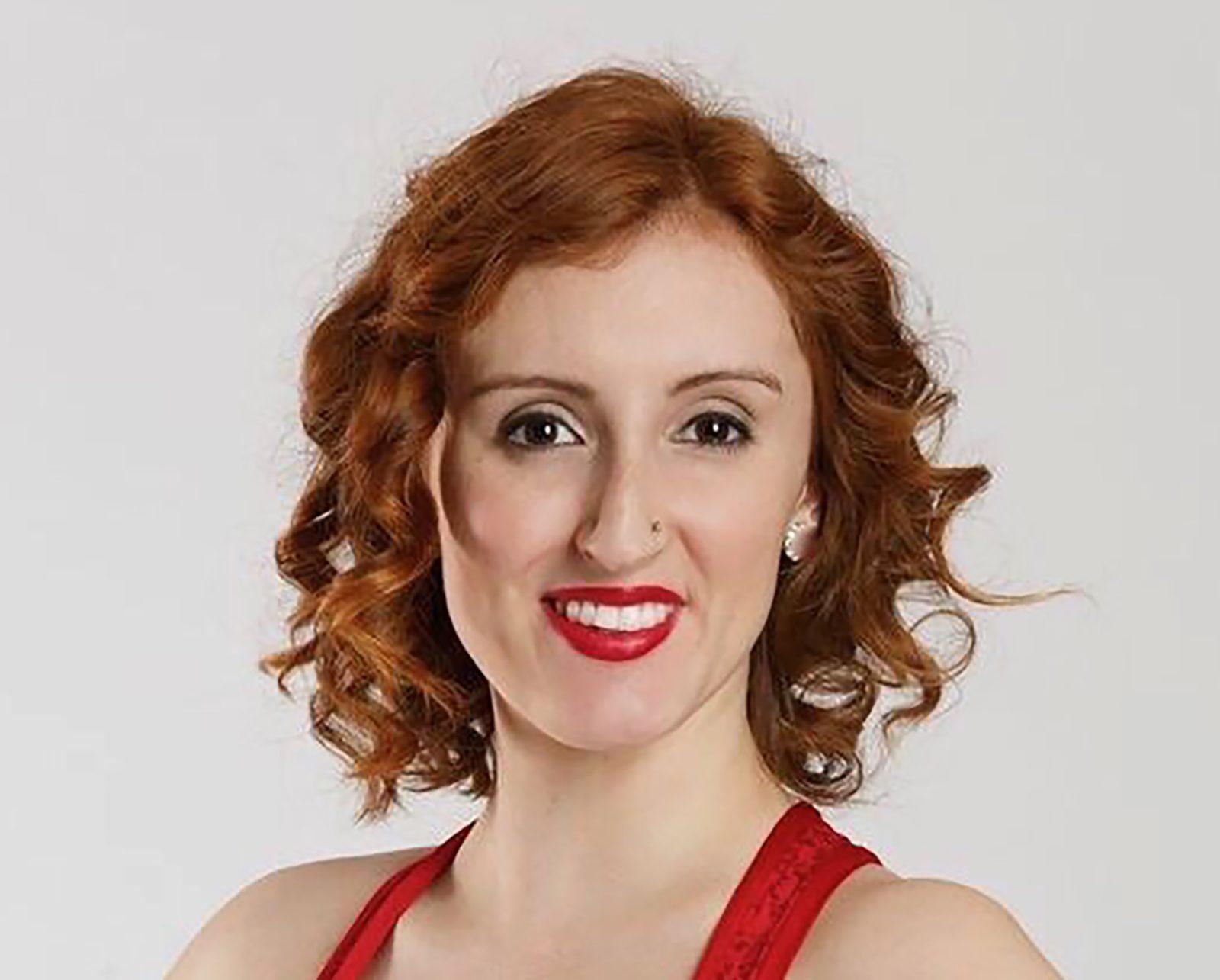
As the lights came up over the audience, an empty black stage was revealed, without a single performer or prop. My eyes searched the blank slate for something to hold onto, but there was simply nothing. I was beyond eager for the ballet to start. As if I was about to embark on a roller coaster I had never gone on before, not an ounce of me had any idea of what to expect. All I knew was that this was the world premiere of “Salome” put on by the San Francisco Ballet, an “erotic obsession with extraordinary intensity,” according to the program. I had no idea what that meant, no familiar storyline to follow like that of “Romeo and Juliet” or “Cinderella,” and absolutely zero clues. What would the music be like? The costumes? The set? The choreography? This is the beauty of contemporary ballet.
The light grew stronger to reveal a layer of smoke that covered the stage. Suddenly, the left side of the stage became illuminated by what looked like headlights of a car. Then, slowly yet magnificently, a full-sized, real-life limo drove out completely onto the stage. To the audience’s surprise, the performers exited the vehicle and the show began, presenting itself to be a sultry, lively and sensational tragedy by Oscar Wilde transformed into a contemporary ballet. As the ballet progressed and the plot thickened, cannons were used to shoot multicolored confetti across the stage, each burst bellowing in the stomachs of every audience member, shocking us to the point of jumping off our seats. The dancers used the confetti as a prop, enhancing their movements and inducing drama as cannon after cannon shot. This would never, ever happen in a classical ballet variation.
The beauty of the performance was like no other. Of course, the technique and artistry was all there, but what really grabbed me was how I ended up seated in that theatre. Tickets weren’t selling so the San Francisco Ballet put them on sale, opening only the lower tier seats to make the theatre seem more full. For the same price as a ticket in the row farthest back, I sat in the orchestra, level with the performers.
I won’t pretend that I don’t understand why contemporary ballets aren’t as popular as classical ballets; it makes complete sense. People are more attracted to plots they are able to easily follow. The stories of “the Nutcracker,” “Cinderella,” “Swan Lake” and “Sleeping Beauty” are all age-old tales following typical, cliché storylines we know like the back of our hands. We don’t want to have to think or analyze, we just want to be awed by pretty things. I get it.
There is truly so much beauty in contemporary ballet that doesn’t get the recognition it deserves. Modern ballet is adaptable and able to enter certain niches that make for better art. It can reform to reflect current issues and new stories begging to be displayed through dance. It colors outside of the box with no storylines or traditions to keep it within what is considered normal. Modern ballet is better art.
Ever since Martha Graham’s days, the founding moments of modern dance, contemporary ballet has proceeded to become more and more unambiguous and unique, following narratives that aren’t so cookie cutter, if there is a narrative at all. But this shouldn’t deter people from supporting this artistic and innovative side of ballet. Instead, it should excite people the same way surprise parties do — by astonishing the audience which has absolutely no idea what to expect.
The audience can get more out of it, too. Without a recognizable story to follow, the audience takes what they want from the performance, transforming it into their own desired, personal significance. Contemporary ballet is exciting in the way modern ballet can’t ever be.